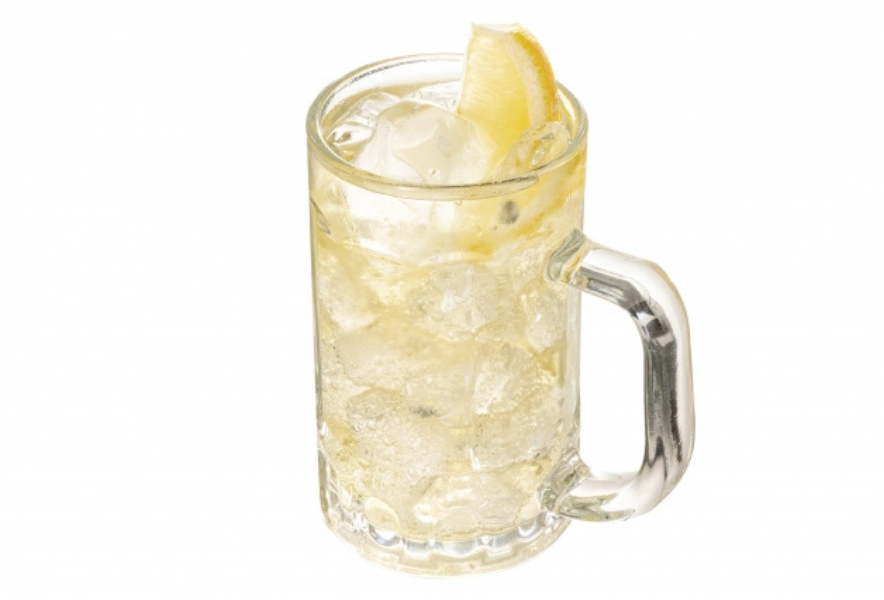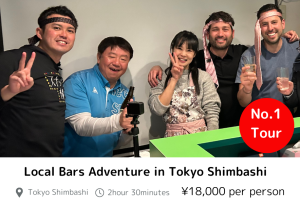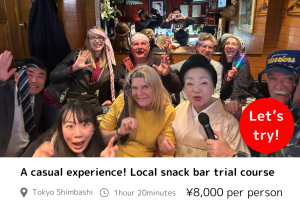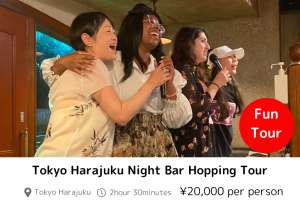In Japan, when the night begins and the first toast is made, the drink in hand is often a highball. Whether it’s at an izakaya, a casual standing bar, or even a classy snack bar, the highball has earned its place as the go-to first drink. Crisp, refreshing, and low in alcohol compared to cocktails or straight whisky, it sets the perfect tone for a long night of eating, drinking, and conversation. But the highball is more than just a light start—it’s a cultural icon, a product of history and evolving tastes.
Contents
1. What Is a Highball?
A highball, in its simplest form, is whisky and soda water served over ice in a tall glass. While the concept originated in the West, Japan has made it its own. Japanese highballs emphasize balance: not too strong, not too fizzy, and often made with precise technique. The result is a drink that enhances flavors without overpowering them. It’s especially favored with fried foods, grilled meats, and salty snacks—the perfect pairing for Japanese pub fare.
2. The History of the Highball in Japan
The highball gained popularity in post-war Japan when whisky became more accessible to the general public. During the 1950s and 60s, companies like Suntory promoted whisky highballs as a sophisticated but approachable drink. Ads featured sharply dressed men and elegant women enjoying the bubbly whisky mix. It was a time when Western influences blended with Japanese refinement, and the highball became a symbol of modern Japanese drinking culture.
3. The Rise of the “Kaku-High”
One of the most iconic versions is the “Kaku-high,” made with Suntory Kakubin whisky. Often served at chain izakayas or vending-machine-style highball bars, it represents both nostalgia and mass appeal. Its popularity surged in the 2000s when the Japanese whisky boom reignited global interest. From Tokyo to Los Angeles, highball culture spread, offering a low-calorie, easy-drinking alternative to beer or sugary cocktails.
4. Craft and Customization
In recent years, the highball has seen a craft revival. Bartenders experiment with premium single malts, homemade soda, citrus peels, and even seasonal garnishes. Ratios are carefully adjusted to match the food or the guest’s preference. Some bars chill the glass, whisky, and soda separately for the perfect pour. At snack bars, the “mama-san” may have her own house style—less fizz, a twist of lemon, or a splash of yuzu liqueur—adding a personal touch to this classic drink.
5. A Drink that Brings People Together
From after-work salarymen to curious tourists, the highball bridges generations and cultures. It’s not just a drink—it’s a social lubricant, a gateway to conversation, and a symbol of Japanese hospitality. The highball’s simplicity hides its depth, and its popularity shows no sign of slowing down. So next time you find yourself in Japan and someone says “Toriaezu, highball!”—know that you’re joining in on a beloved tradition.
Let’s go to Izakaya and a Japanese Snack-bar with a fun guide!!
You can enjoy many kinds of drink at Izakaya and drinking culture Snack Bars, beloved by many but you can’t enter without a guide. You can enjoy communication with the owner and other customers, as well as singing karaoke, allowing for a relaxing time.
Most snack bars have a policy of refusing entry to foreigners. However, with a tour, you’ll have a guide, so you can enter with peace of mind.
When visiting Japan, don’t just check off the tourist spots –
dive into local experiences for an unforgettable journey!
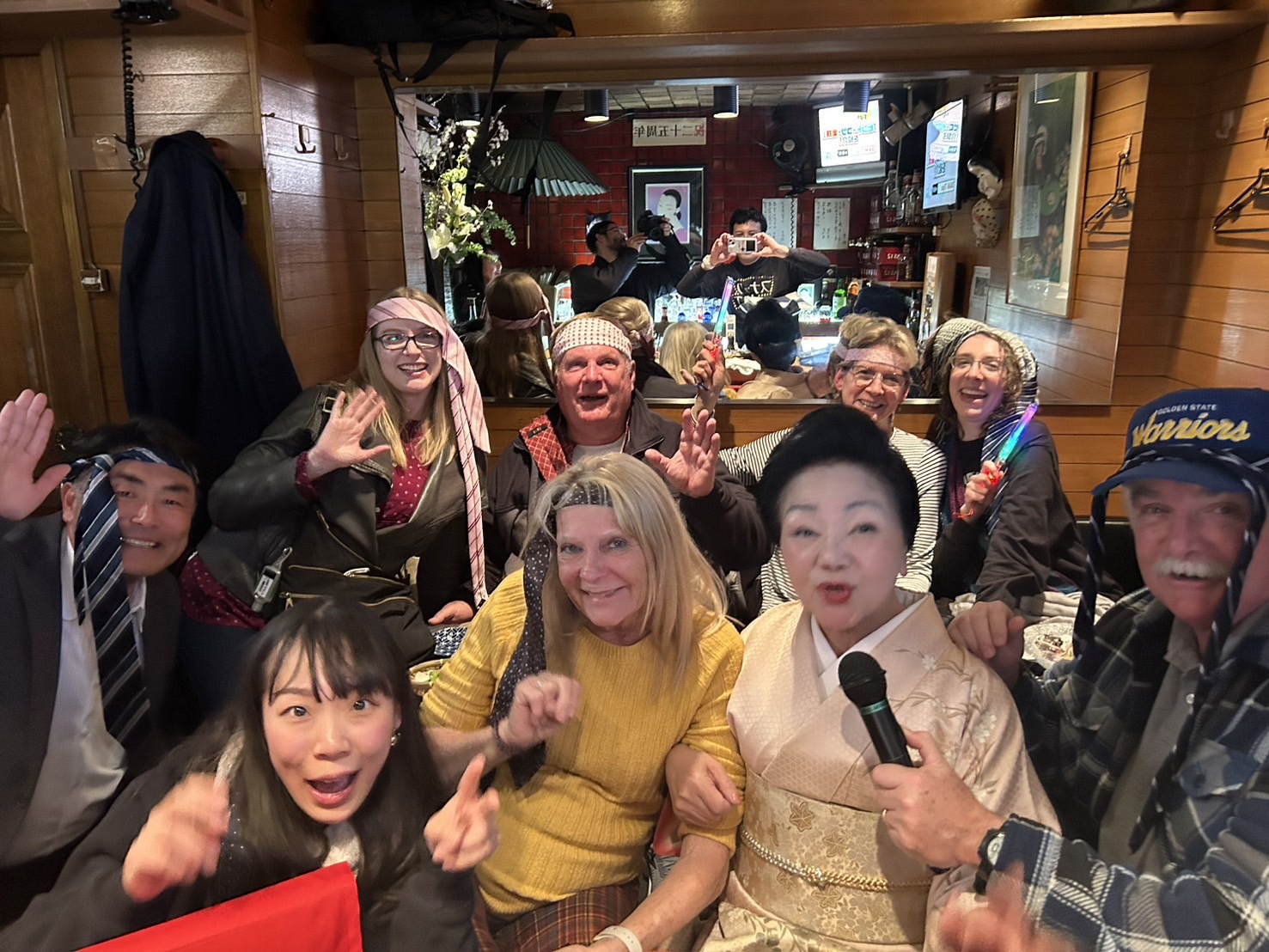
Once you experience it, you’ll be captivated too! The charm of snack bars.

New encounters with people! The camaraderie of singing at a snack bar! Conversations with the mama-san!

